
Hay is grass, legumes, or other herbaceous plants that have been cut and dried to be stored for use as animal fodder, either for large grazing animals raised as livestock, such as cattle, horses, goats, and sheep, or for smaller domesticated animals such as rabbits and guinea pigs. Pigs can eat hay, but do not digest it as efficiently as herbivores do.

Gunnison is a home rule municipality that is the county seat and the most populous municipality of Gunnison County, Colorado. The city population was 6,560 at the 2020 United States Census. Gunnison was named in honor of John W. Gunnison, a United States Army officer who surveyed for a transcontinental railroad in 1853.

Duel in the Sun is a 1946 American psychological Western film directed by King Vidor, produced and written by David O. Selznick, which tells the story of a Mestiza girl who goes to live with her white relatives, becoming involved in prejudice and forbidden love. The Technicolor film stars Jennifer Jones, Joseph Cotten, Gregory Peck, Lillian Gish and Lionel Barrymore.

William Harrison Hays Sr. was an American Republican politician.
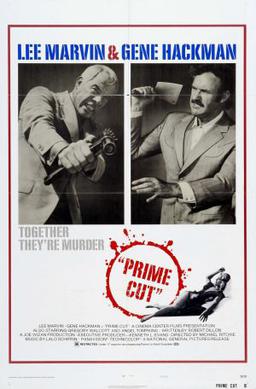
Prime Cut is a 1972 American action crime film produced by Joe Wizan, directed by Michael Ritchie from a screenplay written by Robert Dillon, and starring Lee Marvin, who portrays a mob enforcer from the Chicago Irish Mob sent to Kansas to collect a debt from a meatpacker boss played by Gene Hackman. The picture co-stars Sissy Spacek in her first credited on-screen role as a young orphan being sold into prostitution as well as Angel Tompkins and Eddie Egan.

A baler or hay baler is a piece of farm machinery used to compress a cut and raked crop into compact bales that are easy to handle, transport, and store. Often, bales are configured to dry and preserve some intrinsic value of the plants bundled. Different types of balers are commonly used, each producing a different type of bale – rectangular or cylindrical, of various sizes, bound with twine, strapping, netting, or wire.
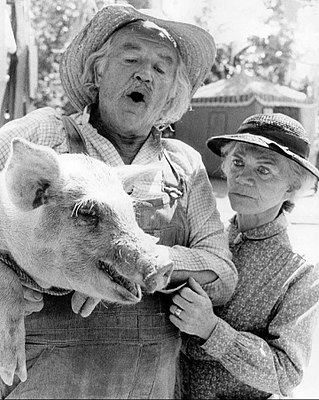
Will Geer was an American actor, musician, and social activist, who was active in labor organizing and other movements in New York and Southern California in the 1930s and 1940s. In California he befriended rising singer Woody Guthrie. They both lived in New York for a time in the 1940s. He was blacklisted in the 1950s by Hollywood after refusing, in testimony before Congress, to name persons who had joined the Communist Party.
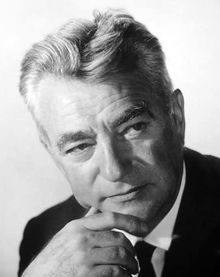
Charles Vidor was a Hungarian film director. Among his film successes are The Bridge (1929), The Tuttles of Tahiti (1942), The Desperadoes (1943), Cover Girl (1944), Together Again (1944), A Song to Remember (1945), Over 21 (1945), Gilda (1946), The Loves of Carmen (1948), Rhapsody (1954), Love Me or Leave Me (1955), The Swan (1956), The Joker Is Wild (1957), and A Farewell to Arms (1957).
George Thomas Moore Marriott was an English character actor best remembered for the series of films he made with Will Hay. His first appearance with Hay was in the film Dandy Dick (1935), but he was a significant supporting performer in Hay's films from 1936 to 1940, and while he starred with Hay during this period he played a character called "Harbottle" that was based on a character Marriott usually played. His character Harbottle was originally created by Hay when he used the character in his "The fourth form at St. Michael's" sketches in the 1920s.
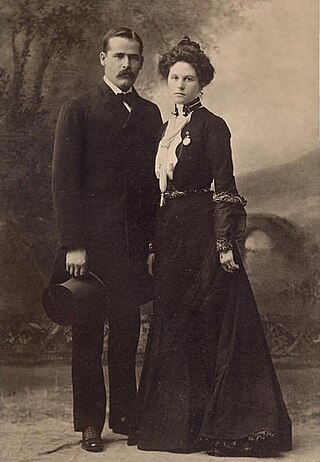
Etta Place was a companion of the American outlaws Robert LeRoy Parker, alias Butch Cassidy, and Harry Alonzo Longabaugh, alias Sundance Kid. The three were members of the outlaw gang known as Butch Cassidy's Wild Bunch. She was principally the companion of Longabaugh. Little is known about her; both her origin and her fate remain unknown.

Ralphie the Buffalo is the name of the live mascot of the University of Colorado Buffaloes. Ralphie has been named one of the best live mascots in sports.
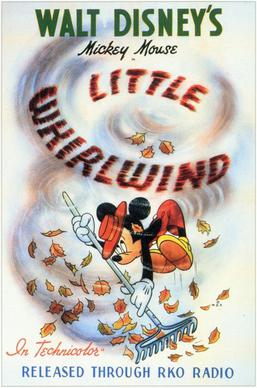
The Little Whirlwind is a 1941 animated short subject, part of the Mickey Mouse series, produced by Walt Disney for Walt Disney Productions. The short was released by RKO Radio Pictures on February 14, 1941. The film was directed by Riley Thomson, and animated by Ward Kimball, Fred Moore, Ken Muse, Jim Armstrong, Les Clark, John Elliotte, Fred Jones, Walt Kelly, and Frank Follmer with effects animation by Art Fitzpatrick. It was the 110th short in the Mickey Mouse film series to be released, and the first for that year.

Broken Trail is a 2006 Western television miniseries directed by Walter Hill and starring Robert Duvall and Thomas Haden Church. Written by Alan Geoffrion, who also wrote the novel, the story is about an aging cowboy and his nephew who transport 500 horses from Oregon to Wyoming to sell them to the British Army. Along the way, their simple horse drive is complicated when they rescue five Chinese girls from a slave trader, saving them from a life of prostitution and indentured servitude. Compelled to do the right thing, they take the girls with them as they continue their perilous trek across the frontier, followed by a vicious gang of killers sent by the whorehouse madam who originally paid for the girls.
Gaston Méliès was a French film director who worked primarily in the United States. He was the brother of the film director Georges Méliès.

Scudda Hoo! Scudda Hay! is a 1948 American romantic comedy-drama film written and directed by F. Hugh Herbert, based on the novel of the same name by George Agnew Chamberlain. Released by 20th Century Fox, the film stars June Haver, Lon McCallister, and Walter Brennan. Marilyn Monroe has a bit part and a young Natalie Wood also appears in the film.

The Spade Ranch is a large cattle ranch located in the Sandhills of western Nebraska between the towns of Gordon and Ellsworth. Founded in 1888 by Bartlett Richards, the ranch was placed on the National Register of Historic Places in 1980.
Riders of the Range is a 1949 American Western film directed by Lesley Selander.

His Brother's Wife is a 1936 American romantic drama film directed by W. S. Van Dyke and starring Barbara Stanwyck and Robert Taylor. Written by Leon Gordon and John Meehan, based on a story by George Auerbach, the film is about a scientist preparing to leave for the jungles of South America to work on a cure for spotted fever. Wanting to have some fun before his trip, he goes to a gambling club where he meets and falls in love with a beautiful model while falling deep into debt. When he turns to his brother for help, his brother agrees to cover the debt, but only if he leaves without her. While the scientist is away, his brother and the model get married.

A Man from Wyoming is a 1930 American Pre-Code war romance film directed by Rowland V. Lee and starring Gary Cooper, June Collyer, and Regis Toomey. Written by Albert S. Le Vino and John V.A. Weaver, the film is about a man from Wyoming who enlists in the Army and is sent to the front during World War I. There he saves the life of an American society girl working in the Ambulance Corps. Afterwards at a rest camp, they meet again, fall in love, and are secretly married.
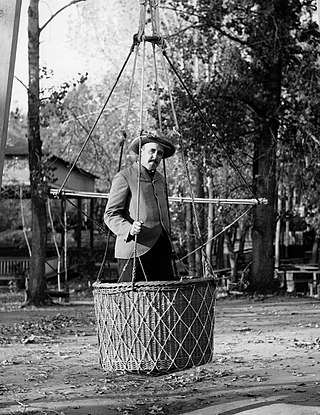
Harry Hale Buckwalter, sometimes credited as Harry H. Buckwalter or Henry H. Buckwalter, was an American photographer, journalist, photojournalist, and silent film director and producer.

















